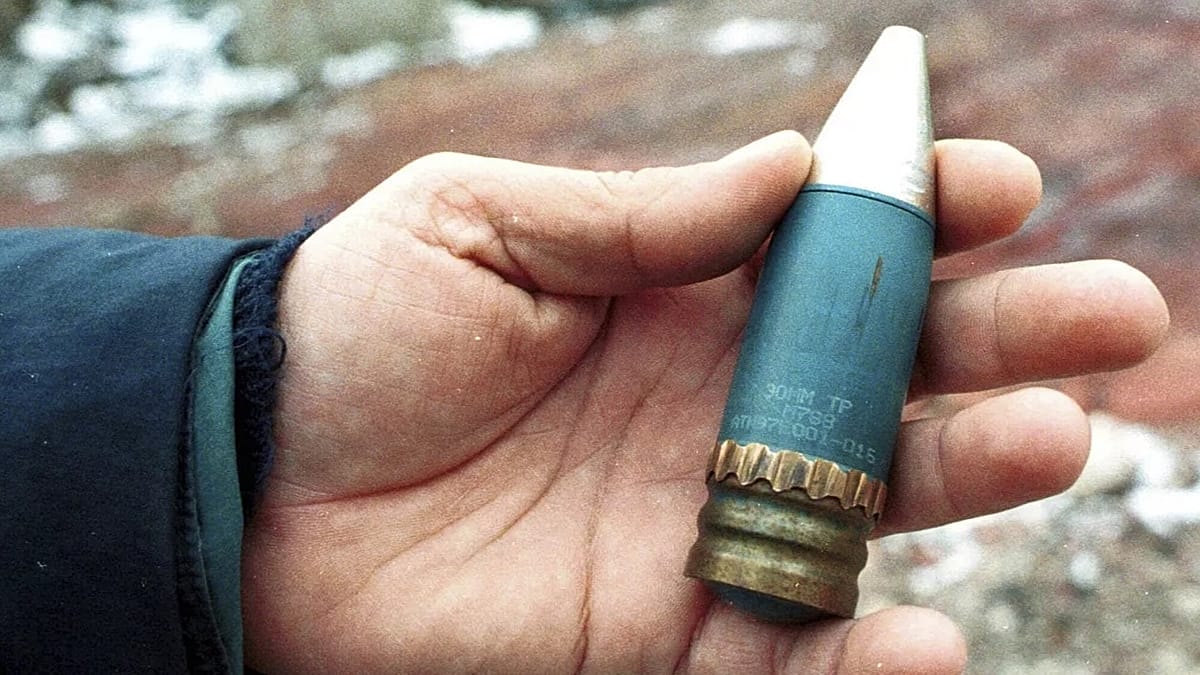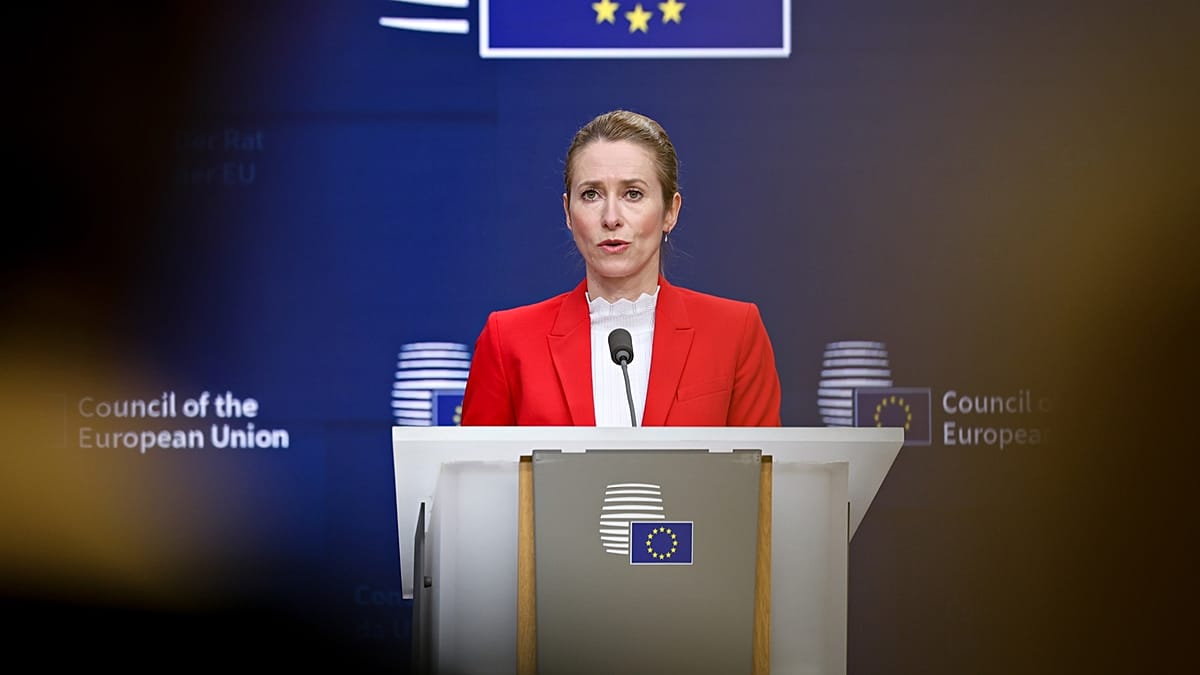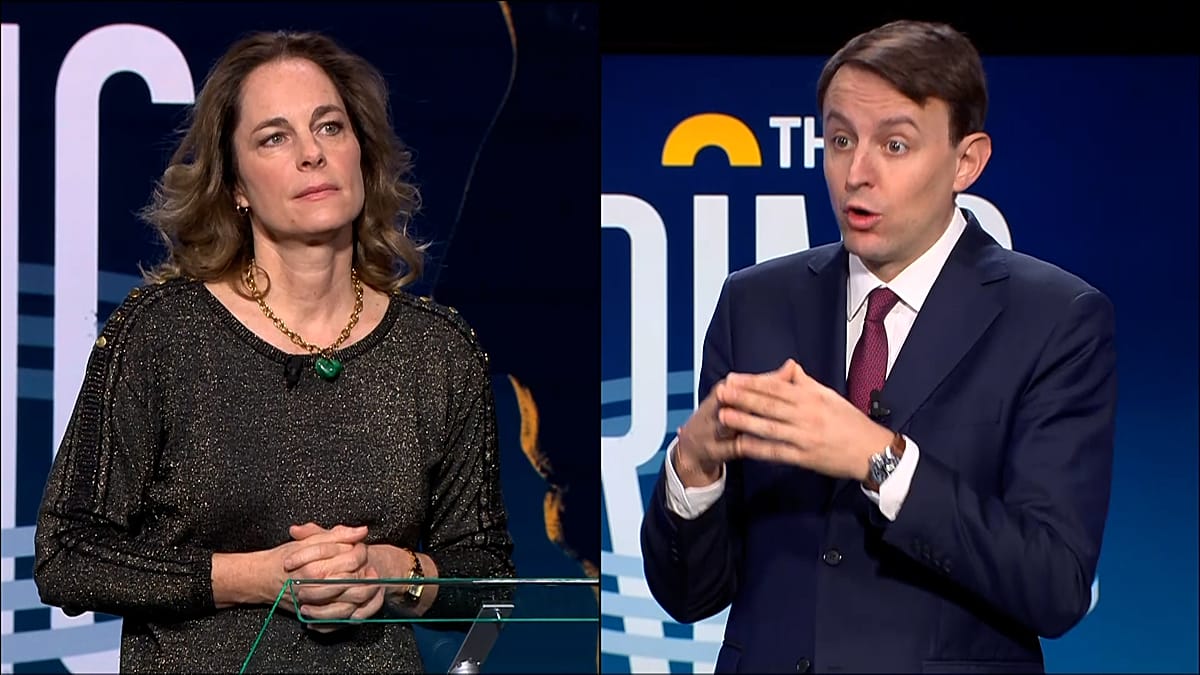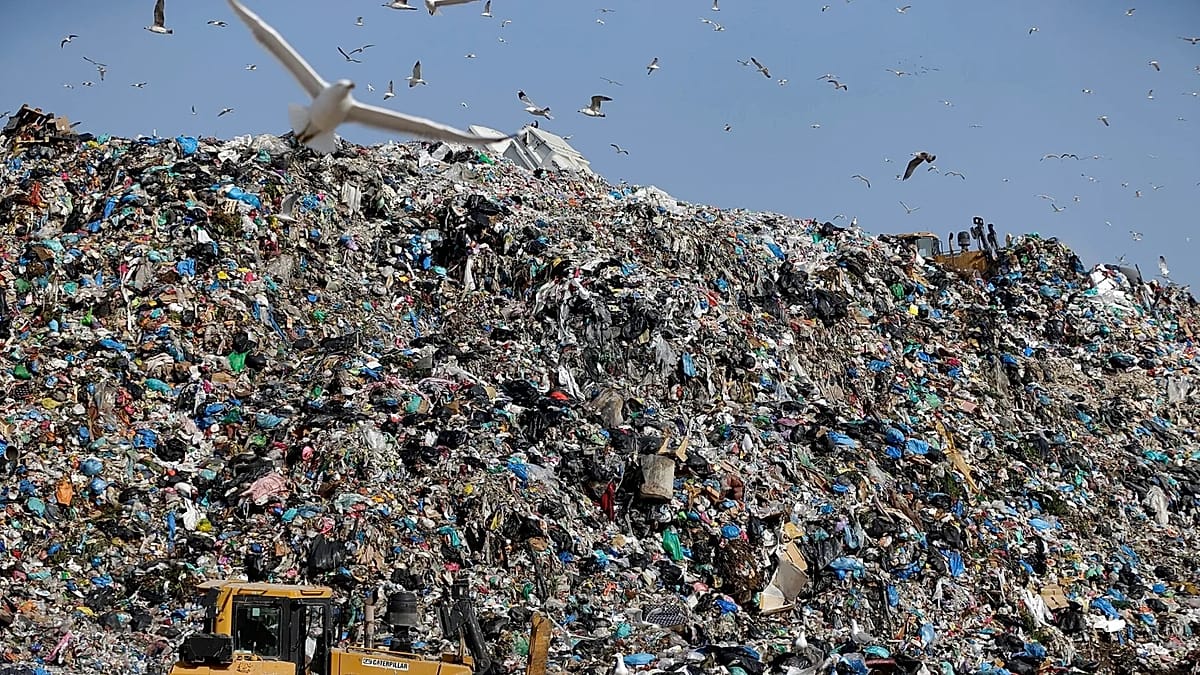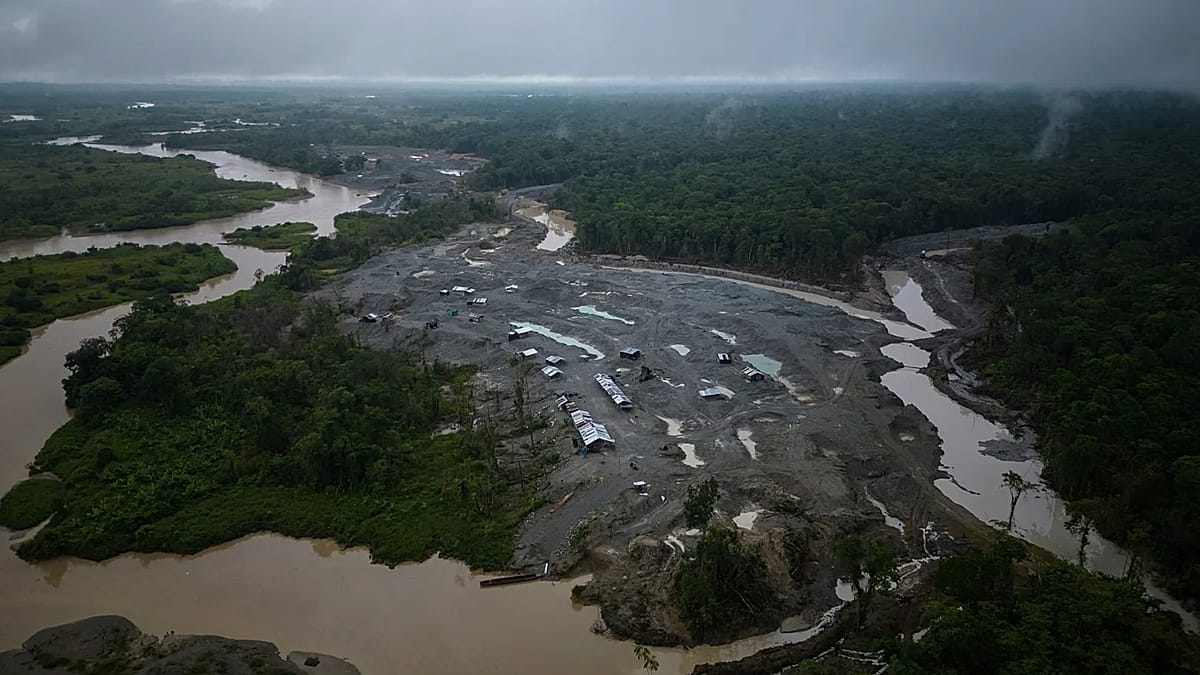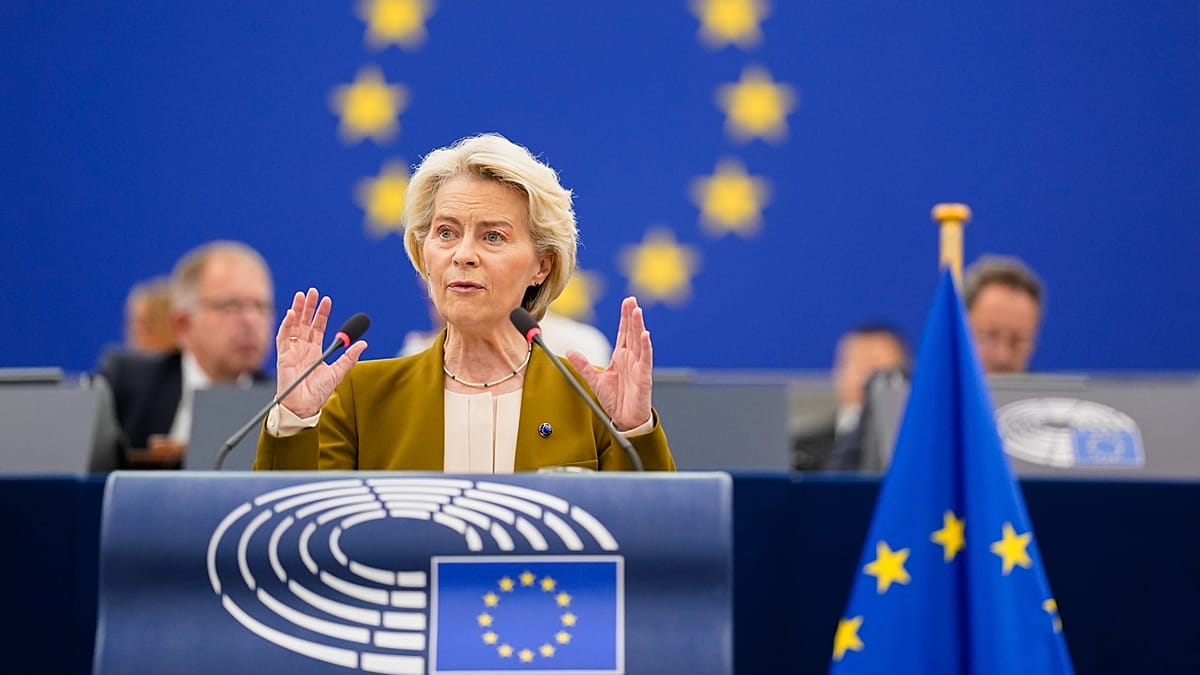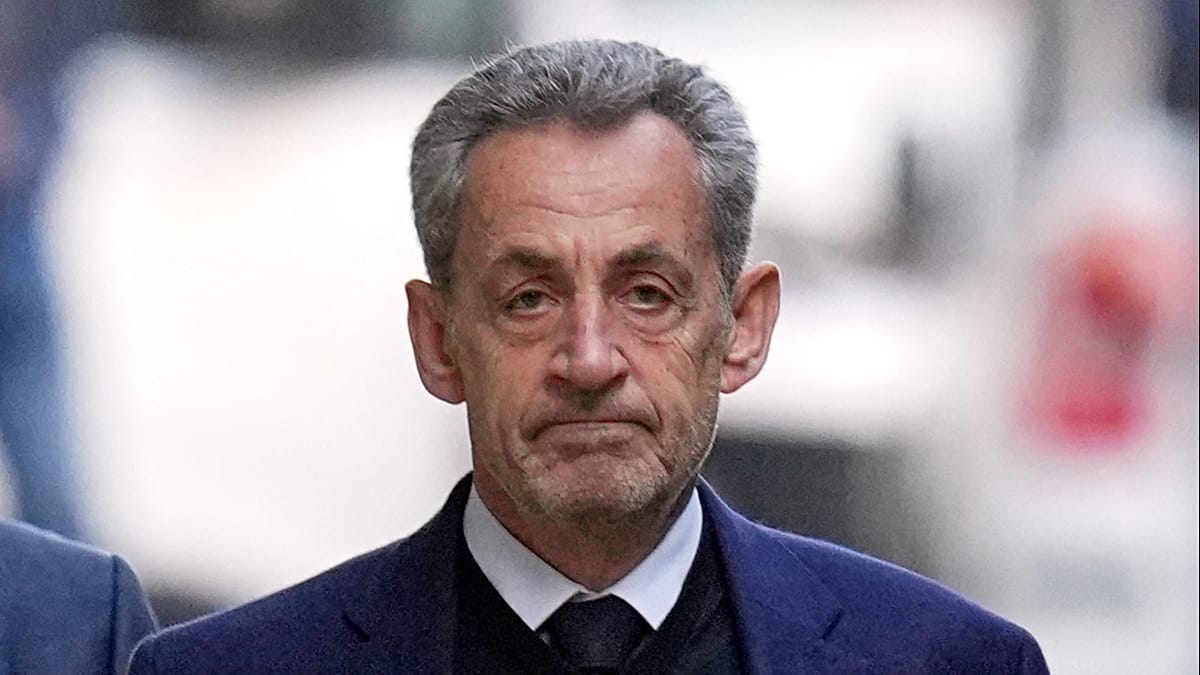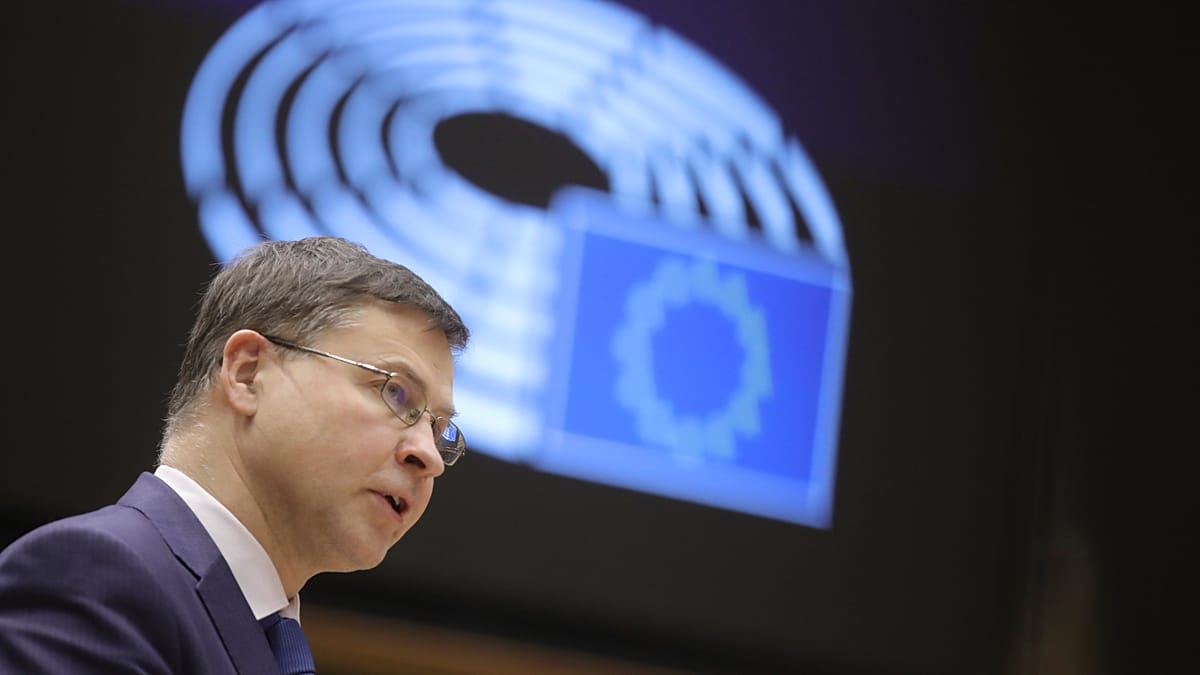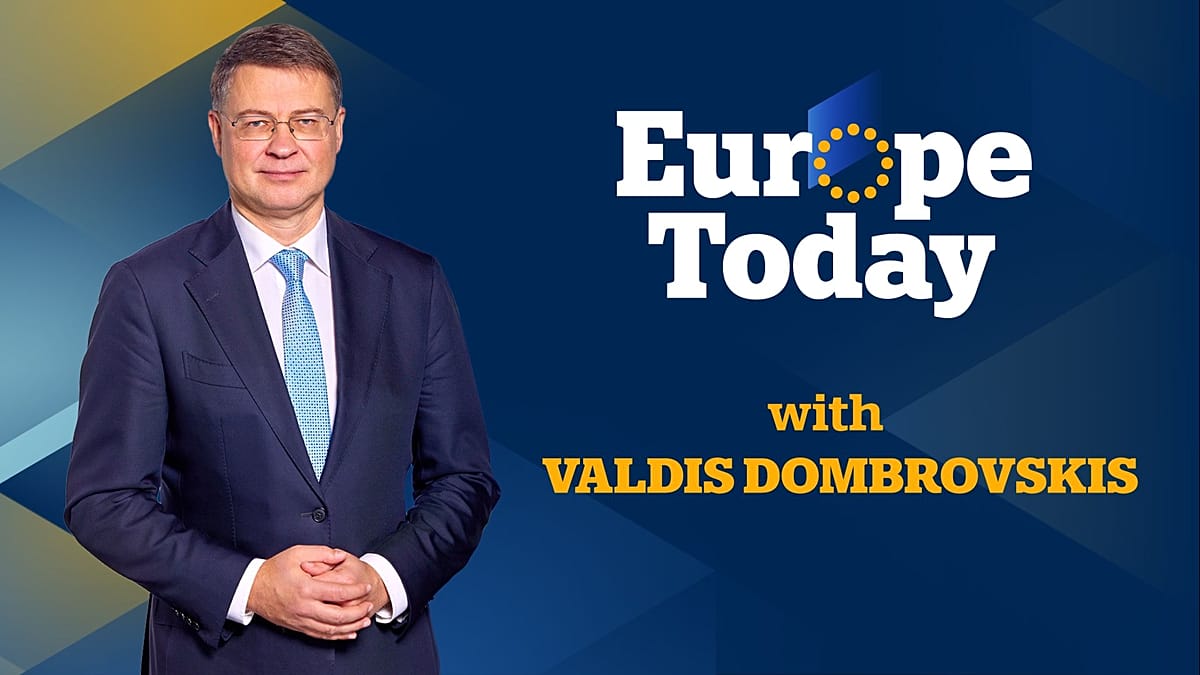Any peace deal to end Russia’s war on Ukraine should impose obligations on the aggressor, rather than the victim, to avoid a repeat of the invasion in the future, High Representative Kaja Kallas has said as a chaotic US-led push to strike an agreement continues.
The original 28-point draft of the proposed deal, written by US and Russian officials, featured sweeping provisions that clearly favoured Moscow, among them demands that Ukraine relinquish its NATO ambitions, surrender territory it still controls and limit the size of its military to 600,000 personnel.
But for Kallas, the approach should be the opposite.
“If we want to prevent this war from continuing, then we should curb the army of Russia and also their military budget,” she said on Wednesday after a special meeting of European Union foreign ministers. “If you spend close to 40% (of the budget) on military, then you will want to use it again, and that is a threat to us all.”
“The focus should be on what kind of concessions (and) limitations we see from the Russian side, so that it wouldn’t go any further and they wouldn’t have the chance to invade again.”
Since the controversial draft of the highly controversial US plan leaked last week, Europeans have closed ranks to help Kyiv refine the content and secure more favourable terms.
Following high-level talks in Geneva on Sunday, Ukraine and the US reached a modified text, which has not yet been disclosed in full but which has already met with Russian resistance. The most sensitive issues were left open pending a face-to-face meeting between Presidents Volodymyr Zelenskyy and Donald Trump.
European governments and the EU are insisting that any peace deal should allow Ukraine to freely organise its armed forces, which are now estimated at between 800,000 and 850,000 strong.
“We have always said that it’s a sovereign right for every country to decide the size of their military, and that’s why we shouldn’t walk into that trap that Russia is setting (by) talking about capping (the) Ukrainian army,” Kallas said.
In her remarks, Kallas argued that Russia was engaging in diplomacy simply because “Putin cannot achieve his goals on the battlefield”.
‘Zero indications’ of Russia’s goodwill
“We see zero indications that Russia is ready for a ceasefire. Russia is not winding down its military machine but ramping it up. We still need to get from a situation where Russia pretends to negotiate to a situation where they need to negotiate,” Kallas said.
Various European foreign ministers stressed the need to tighten the screws on Moscow until it demonstrates a genuine and credible commitment to the peace process.
“Only a ‘peace through strength’ strategy through exerting maximum economic, military and political pressure on Russia can stop the aggressor,” said Latvia’s Baiba Braže.
“We can only strongly represent our European interests if we are able to speak with one voice and present our own plan,” said Austria’s Beate Meinl-Reisinger.
Wednesday’s virtual meeting is part of a diplomatic flurry by Europeans to reassert their voice in the fast-moving chain of events. EU leaders held an informal summit on Monday, and the “Coalition of the Willing” gathered online on Tuesday.
French President Emmanuel Macron, who co-chairs the coalition, called for a “strong” Ukrainian army without “limitations”. Macron also doubled down on the idea to deploy a multinational force on Ukrainian soil after the war comes to an end.
“Ukraine has had its share of promises that were shattered by successive Russian aggressions. And real rock-solid guarantees are a necessity,” he said.
Kallas said the EU would make “major contributions” to the security guarantees by providing funding, training and support for the defence industry. But she added that these guarantees “do not change the fact that the threat really here is Russia”.
“This is a matter of the bigger picture of European security as well,” she pointed out. “If aggression pays off, it will serve as an invitation to use aggression again and elsewhere. And that is the threat for everybody in the world, especially the small countries,” she said.
“And in Europe, as Paul-Henri Spaak said, there are only two types of countries: the small countries and those who haven’t realised that they are small countries yet.”



